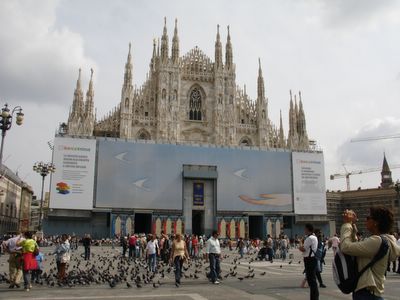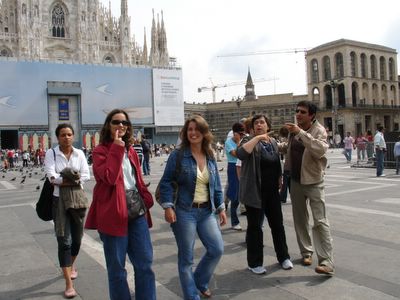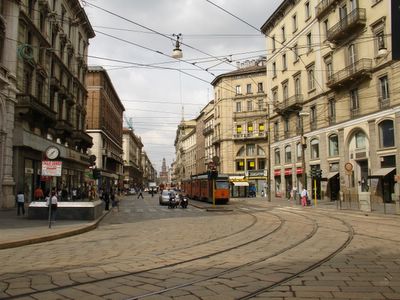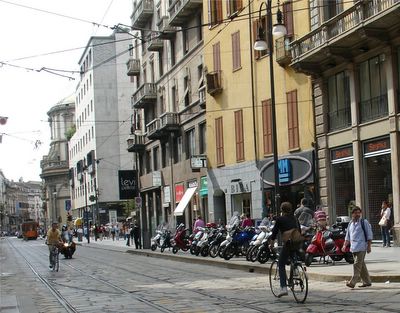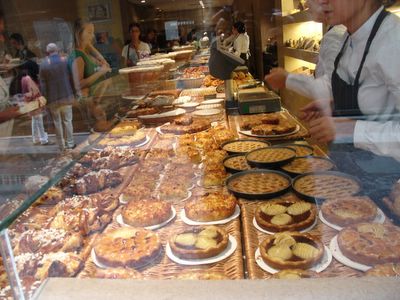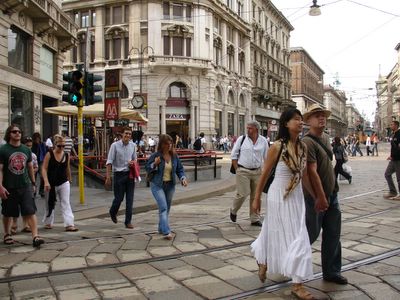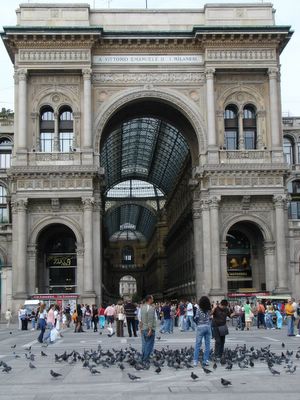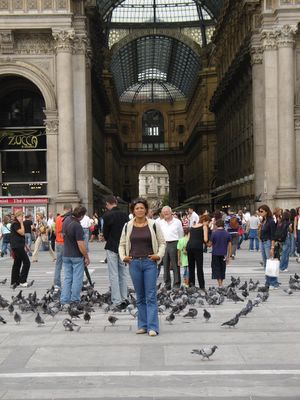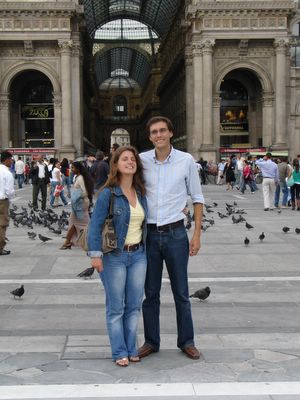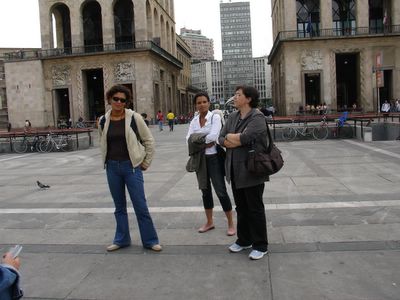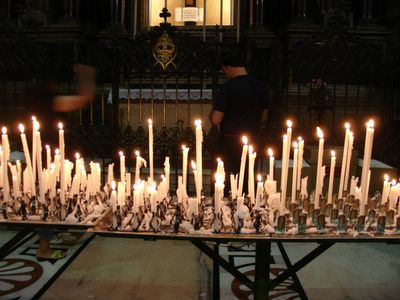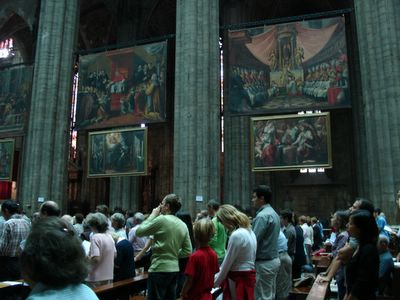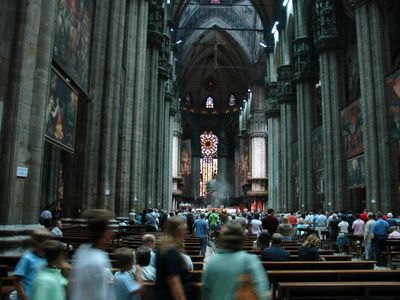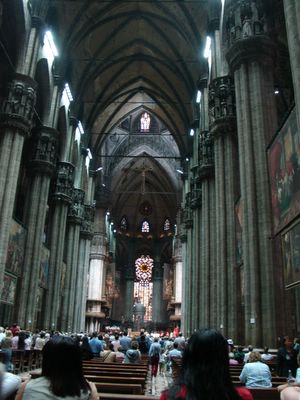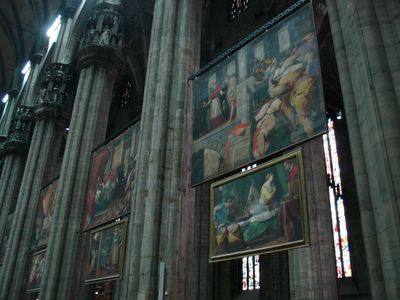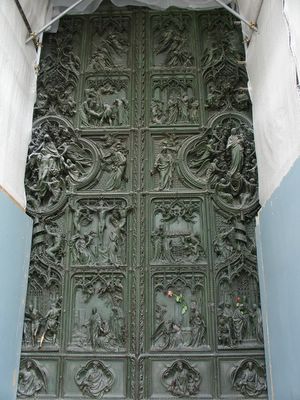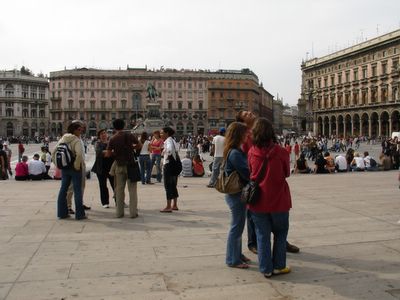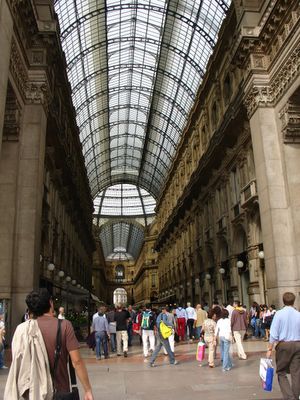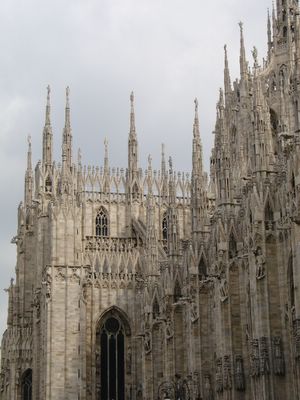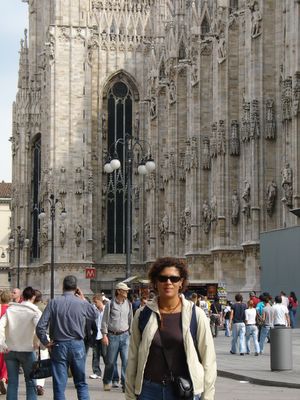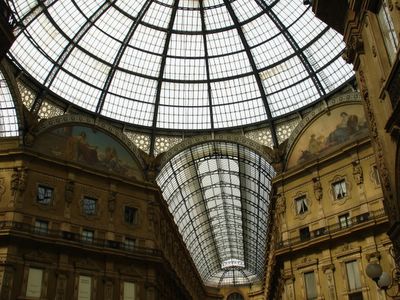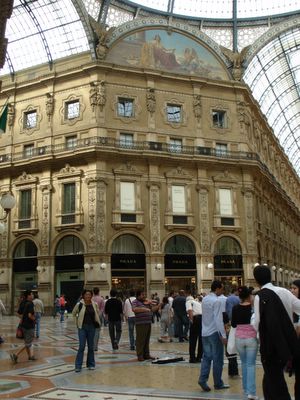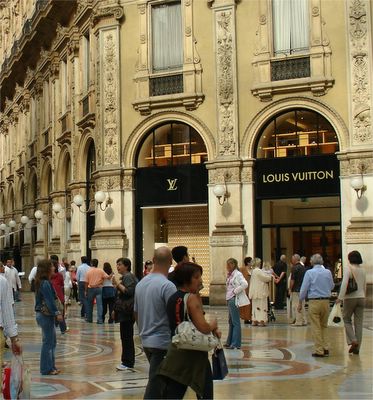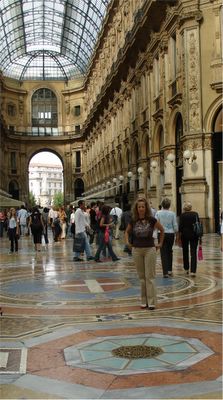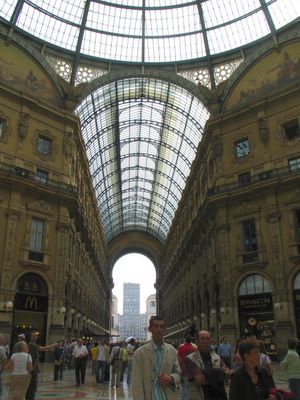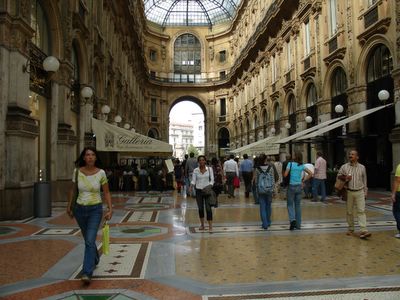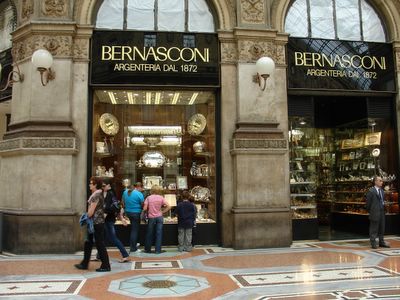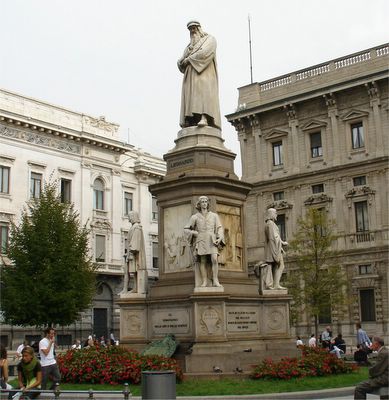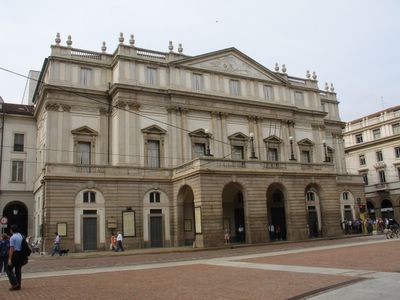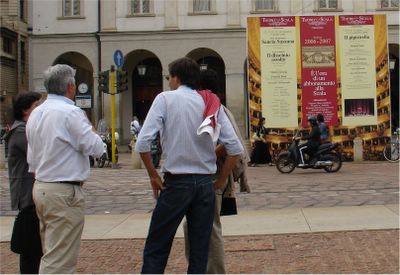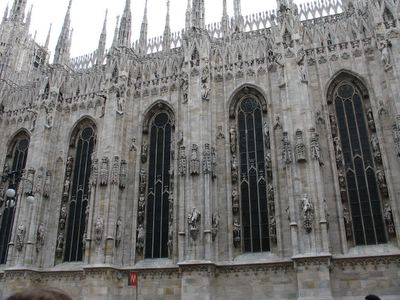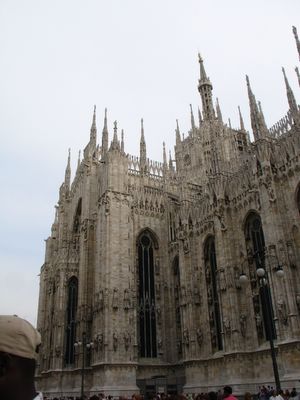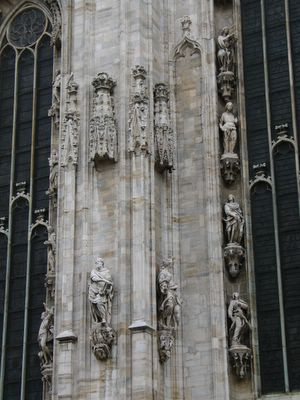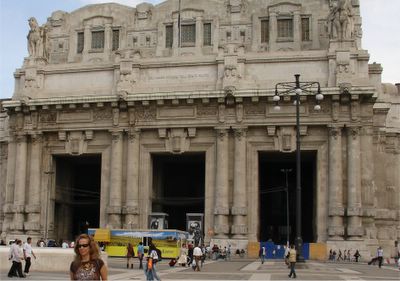
Milan Central Station (in Italian, Stazione Centrale di Milano or Milano Centrale) is one of the main European train stations . It is a railroad terminus officially inaugurated in 1931 to replace the old (1864) central station, which was a transit station and couldn't stand the new traffic caused by the opening of the Sempione tunnel (1906).
King Victor Emmanuel III of Italy laid the cornerstone of the new station on April 28, 1906, before a blueprint for the station had even been chosen. The last, real, contest for its construction was won in 1912 by architect Ulisse Stacchini , whose design was modeled after Union Station in Washington, DC , and the construction of the new station began.
Due to the Italian economic crisis during World War I, construction proceeded very slowly, and the project, rather simple at the beginning, kept changing and became more and more complex and majestic. This happened especially when Benito Mussolini became Prime Minister, and wanted the station to represent the power of the fascist regime.
The major changes were the new platform types and the introduction of the great steel canopies by Alberto Fava; 341 metres long and covering an area of 66,500 square metres.
Construction resumed in earnest in 1925 and on July 1, 1931 the station was officially opened in the presence of Foreign Minister Galeazzo Ciano.
Its face is 200 metres wide and its vault 72 metres high, a record when it was built. It has 24 platforms. Each day about 320,000 passengers transit by the station, totalling about 120 million per year.
The station has no definite architectual style, but is a blend of many different styles, especially Liberty and Art Deco , but not limited to those.
It has been dubiously characterized as one of the most beautiful stations in the world, together with New York 's Grand Central Terminal. (Wikipedia)
